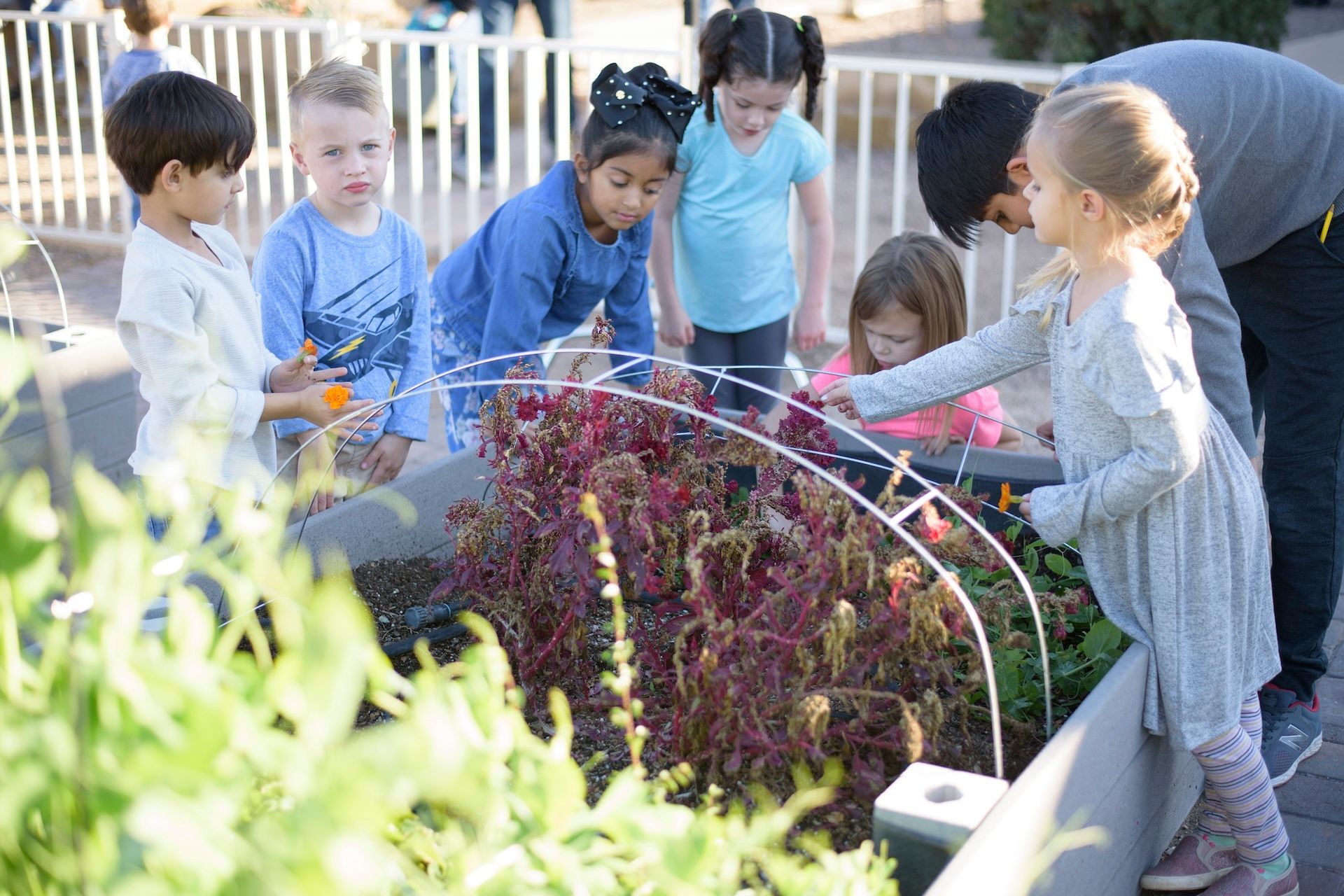Montessori’s Five Great Lessons
By Marcia Kidd
Each year, Lower Elementary teachers share with their students Montessori’s story of the universe, the Five Great Lessons . The Five Great Lessons are the backbone of what Montessori called “Cosmic Education”; they form an overarching framework to which all the lessons of the classroom may be tied. Over the course of the school year, teachers bring these stories to life, stirring the imagination of students with an array of pictures, charts, science experiments, sound effects, lights – and sometimes even a fog machine!
Montessori viewed Cosmic Education to be at the heart of the correct education of children ages six through eleven. The child of six, educated in the Montessori method, enters the second plane of development with a controlled hand, a sense of order, the ability to work independently, and a wide foundation of factual knowledge. While she continues to learn by manipulating materials, she is increasingly able to think abstractly. More and more, she wants to understand relationships – the “why” behind facts and events. Montessori offered Cosmic Education as a means to satisfy the child’s mental hunger at this age, to organize and relate her factual knowledge, and also to ponder and discover her own place as a force in the cosmic plan. In Montessori’s words, “…let us give [the child] a vision of the whole universe…an imposing reality, and an answer to all questions…for all things are part of the universe, and are connected with each other to form one unity.”
What is the benefit of beginning with the big picture, of sharing the concept of the universe with the child of only six years of age? The vastness of the universe arouses the child’s interest and curiosity, inspiring admiration and wonder. It deepens the child’s understanding by providing a framework by which he organizes his knowledge, while sowing seeds for more in-depth pursuit of his own interests. Through cosmic education, the child’s “intelligence becomes whole…because of the vision of the whole which has been presented to him” (Montessori). Montessori believed that the “goal of good teaching is to enthuse [the child] to his inmost core”. The enormity of the story of the Cosmos inflames the child’s imagination and inspires him throughout his life to dig deeper into areas of study which are most meaningful to him.
The journey of the Five Great Lessons begins with the Coming of the Universe. This lesson is the most dramatic, as it explores scientific, cultural and religious explanations of how the universe and our planet Earth came to be. Over the course of the elementary years, this lesson launches the study of astronomy, meteorology, chemistry, physics, geology and geography.
The Second Great Lesson, The Coming of Life, describes the appearance of living organisms on Earth, beginning with single-celled plants and animals and ending with the appearance of humans. Through hands-on work with the Timeline of Life, students gain an overall impression of the great diversity of the microorganisms, plants and animals that have appeared at specific times to inhabit the Earth. The Second Great Lesson opens the doors to the study of plant and animal classification, habitats, anatomy, fossils, and life forms through different eras, as well as periods of extinction.
The final section of the Timeline of Life introduces the Third Great Lesson, The Coming of Humans. At this point, students are introduced to the Timeline of Humans and begin to examine from prehistoric through modern times, how humans have lived, met their fundamental needs, interacted with the natural world and each other, and thus shaped the course of history.
The Fourth Great Lesson, the Story of Writing , focuses man’s history on the development of a capability that is uniquely human – the capacity for written language! Students study different systems of writing that have evolved over the centuries and consider perhaps for the first time the impact of the recorded word on the advancement of civilizations and the body of knowledge that exists today.
The fifth and final Great Lesson is the Story of Numbers . This narrative begins with the simplest counting systems of early civilizations and explores how different number systems developed throughout history in different parts of the world. With this lesson as an introduction, students eventually study the many branches of mathematics and their applications, including numeration, basic operations, fractions, decimals, algebra, geometry, measurement, estimation, and money concepts.
Montessori’s Five Great Lessons serve both as a springboard into future studies and as a unifying point of reference for the child’s knowledge and all the lessons of the classroom. By raising consciousness of the interrelatedness of all that exists and each individual’s ability to impact the Cosmos, Montessori hoped to give to children a pathway to better understanding and a more unified, peaceful world.
References:
- Montessori, Maria. To Educate the Human Potential. Kalakshetra Publications, 1986, Madras.
- “The Great Lessons as a Unifying Theme”
- Montessori For Everyone, “The Five Great Lessons”
Programs
Connect
Parents
Phone: (502) 640-8585
10263 Champion Farms Dr.
Louisville, Kentucky 40241 USA
Student Records Request
Please email Rachel Flavell
office@msl-edu.org
Montessori School of Louisville
Montessori School of Louisville








